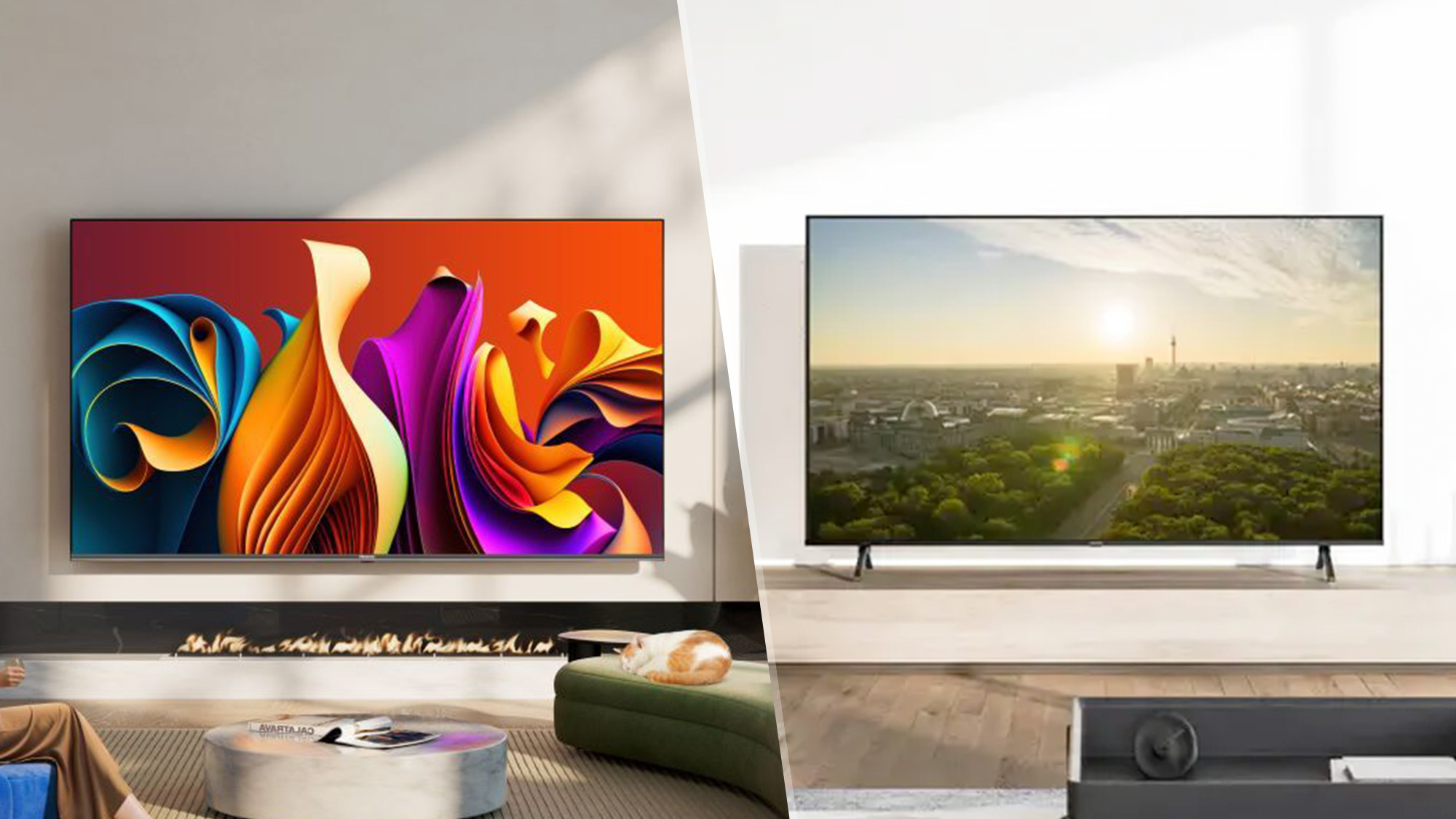
It's not often a TV maker is home to a comeback story quite like that of Panasonic's. Following an eight-year hiatus from the US market, the storied Japanese brand is back and it's bringing some muscle in the form of one of the best OLED TVs — but that's not what we're here to talk about today.
Panasonic's also got a rather well-rounded display under its guise, one that — unlike its OLED counterparts — comes in a range of sizes to meet almost any need one might have in terms of their next TV upgrade. The Panasonic W95A Mini-LED TV is, after all, a stellar new display to hit the market that
But Panasonic isn't the only one with a stellar Mini-LED TV on the market as its main contender comes out of brand ever on the rise. The Hisense U8N Mini-LED TV proves a worthy foil against Panasonic's comeback. It, like the W95A, leverages a 144Hz refresh rate with a slew of HDR compatibility.
Both TVs share similar specs and prices, but which will prove victorious in an all-out brawl of performance and design? Read on below to see if Panasonic's budget Mini-LED TV can stand in the face of Hisense's ever-growing foothold in the market.
Panasonic W95A vs Hisense U8N: Specs compared
Panasonic W95A vs Hisense U8N: Design
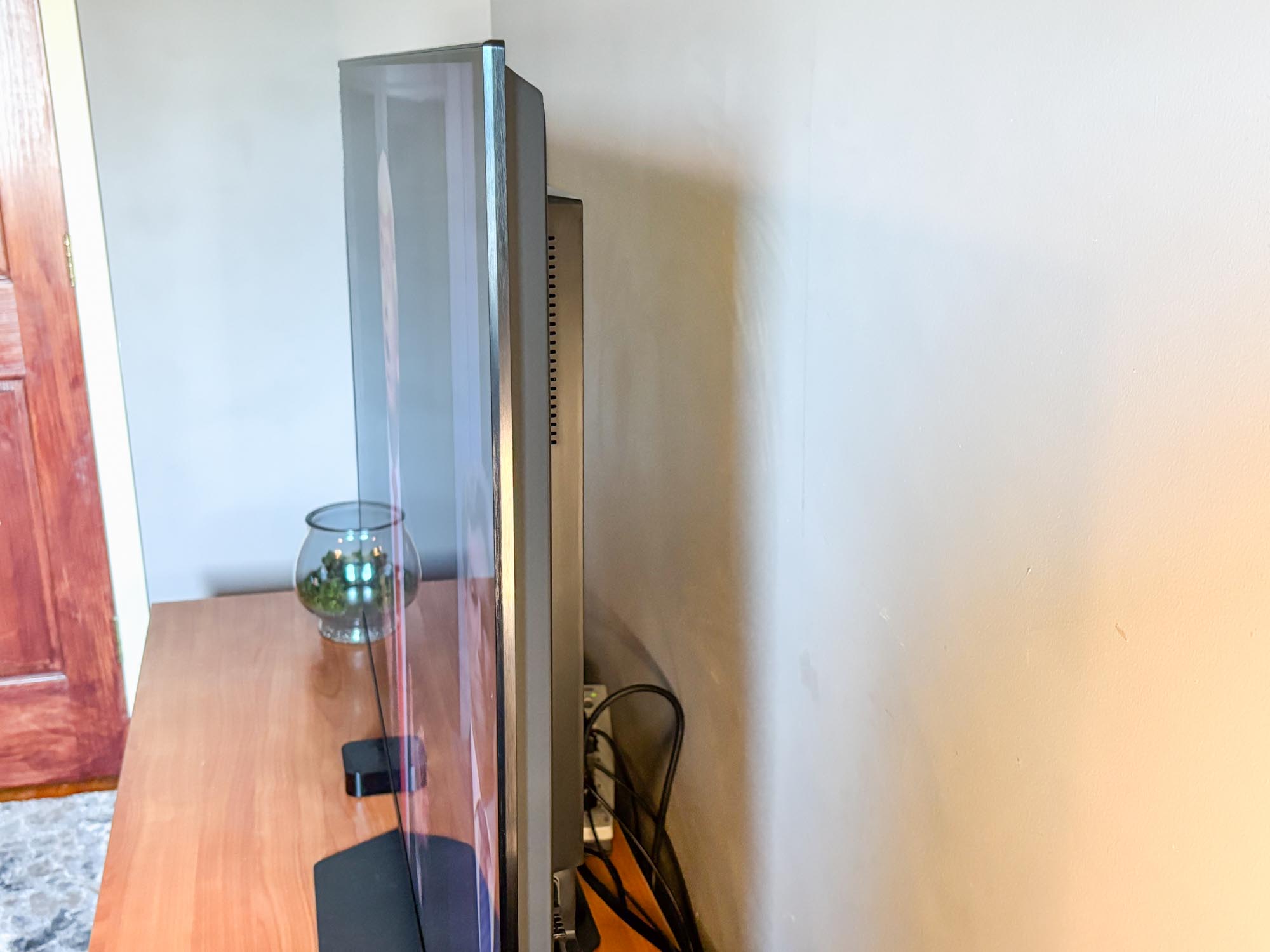
As you can see, the U8N and W95A sport almost identical specs aside from their chipsets. Both use Mini-LED backlighting on a VA panel, but the Hisense model is an IPS panel on its 75-inch model. They also have a 144Hz refresh rate and have just two HDMI 2.1 ports, making them not ideal options among the best HDMI 2.1 TVs.
Despite that, though, the Hisense U8N is still one of the best gaming TVs as it comes with both FreeSync and G-Sync, while the Panasonic model only comes with AMD's screen-tearing technology. Both also have their own gaming-centric features tied to the Game Mode Pro on the Hisense model and the True Game Mode found on the Panasonic TV.
The Panasonic W95A uses the HCX Pro AI mk2 chip against the Hisense U8N's Hi-View Engine Pro. Interestingly, the Panasonic model comes with three USB ports as opposed to just the two found on the U8N. The range of HDR certifications are available on both Mini-LED TVs, as well, including HDR10, HDR10+, HLG, and Dolby Vision.
As for audio, the Hisense U8N uses a 2.1 50W speaker system against the W95A's 2.1.2 60W system — a testament to Panasonic's innovation in sound. Look at the Panasonic Z95A OLED TV and its 160W speaker to see its prowess in this sector. The W95A and the U8N both come equipped with Dolby Atmos, which means the best Dolby Atmos soundbar might make their audio all the more enjoyable.
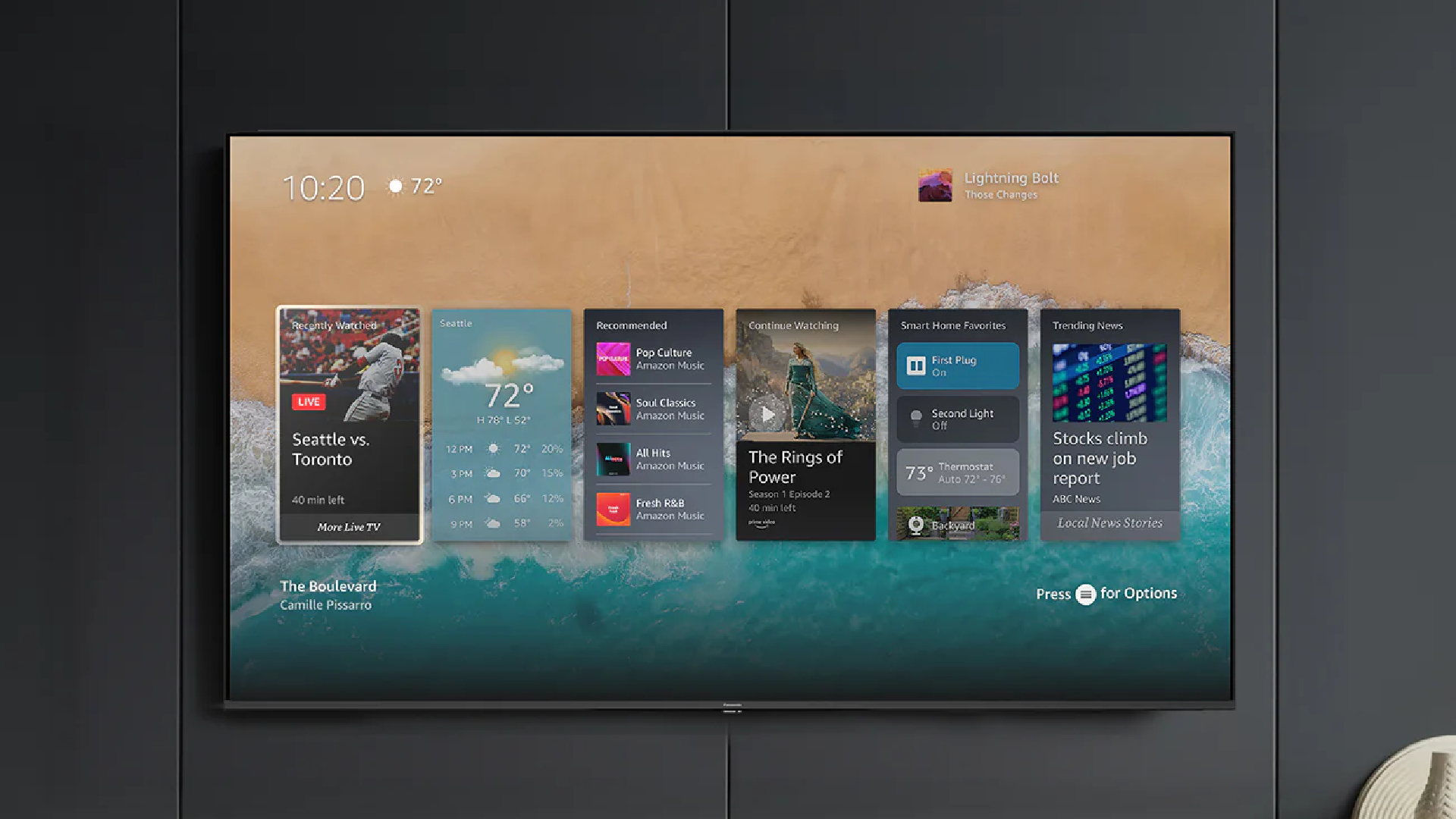
As for their TV interfaces, the W95A uses Amazon Fire TV while the Hisense U8N uses the Google TV platform, which in my opinion works much better. Google TV is on the rise against major competitors, rising over the likes of and LG's webOS, Roku, and even Samsung's Tizen, while Fire TV is a tough interface to recommend for a variety of reasons.
One key issue is the auto-play ads that start when you turn the TV on, such as Thursday Night Football and TV programs that Amazon is trying to recommend to you. Add to that a poorly optimized user interface (UI) that doesn't make it easy for users to find their favorite apps in a pinch and you've got a really limited system made all the less inviting given the new updates to Google TV as seen in the launch of its Google TV Streamer device.
Given its use of Fire TV in this case, even with a slightly better audio system and an extra USB port, the Hisense U8N steals the show here. It corrals the best gaming features with both screen tearing technologies built on Google TV, making it a hard bargain to beat. But what about general performance?
Panasonic W95A vs Hisense U8N: Performance
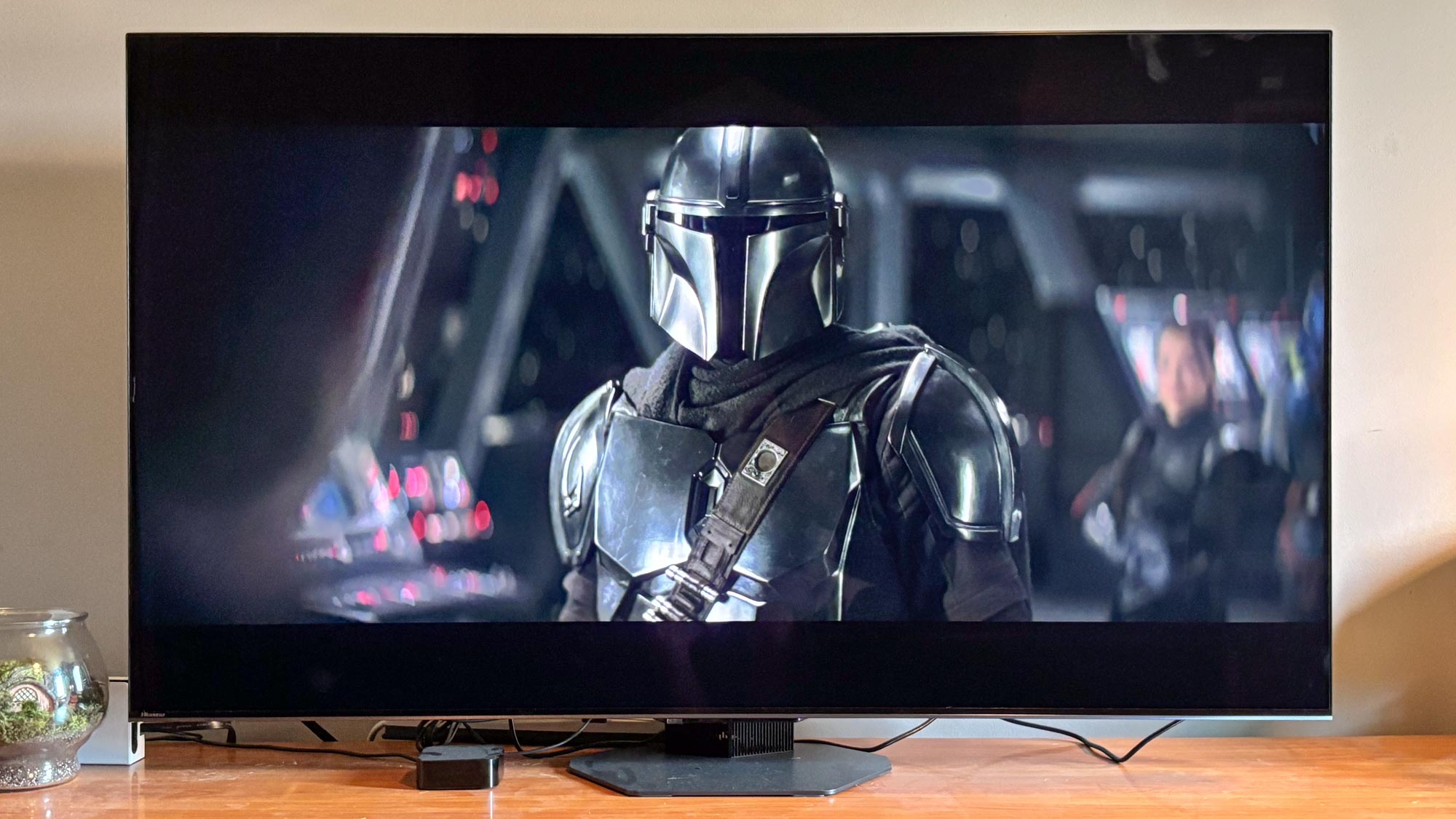
The Hisense U8N comes heralded due in large part to a brightness spec that's out of this world. In standard mode alone in a 10% window it can hit a whopping 3469 nits, an impressive number that's hard to beat. Panasonic's W95A, on the other hand, can only hit 243 nits of brightness in standard mode, which just goes to show the raw power behind the U8N.
And that's not even talking about HDR workloads. The U8N can spit out an image at 3190 nits in HDR, while the Panasonic W95A is stuck at just 1481 — a clear disparity that makes the U8N such a keen buy for most, especially those living in more ambient-lit environments.
But it's interesting how well the Panasonic W95A handles color volume. Its Delta-E score, which measures color accuracy and is better when lower, sits at 1.5775, making it ideal for anime content like "Frieren: Beyond Journey's End." The U8N has a higher Delta-E of 3.2403 is still respectable, but not too ideal either.
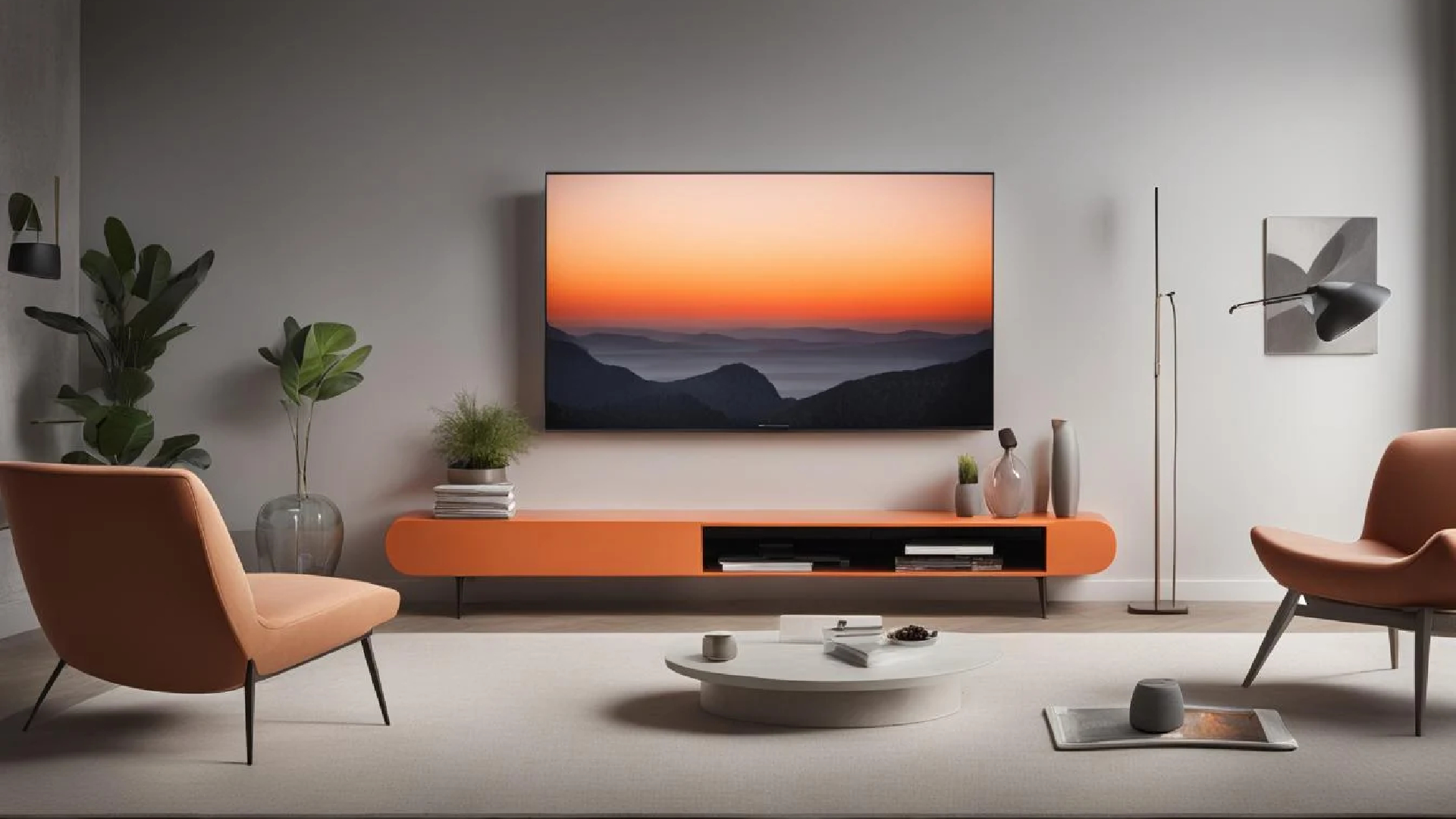
As for their color coverage in HDR, the duo trade blows with the U8N having a higher Rec2020 gamut against the W95A's better UDDA-P3. It's clear that both TVs are neck and neck here in terms of their raw numbers, but it's just hard to look past the U8N's exceptional brightness potential — a staple of Hisense in many of its more modern displays.
In our review of the U8N, we did note that upscaling and color banding were a major setback. The same goes for color accuracy, which really will only make certain feel unrealistic and unnatural. If you're watching entertainment in Filmmaker mode, for the most part, you might not even notice the differences.
As for the Panasonic W95A, it does well in mitigating glare even with its sub-par brightness. It also has some incredible viewing angles, some of the best we've seen on a Mini-LED TV and it even does well against blooming. The sound quality, however, leaves a lot to be desired.
Panasonic W95A vs Hisense U8N: Outlook
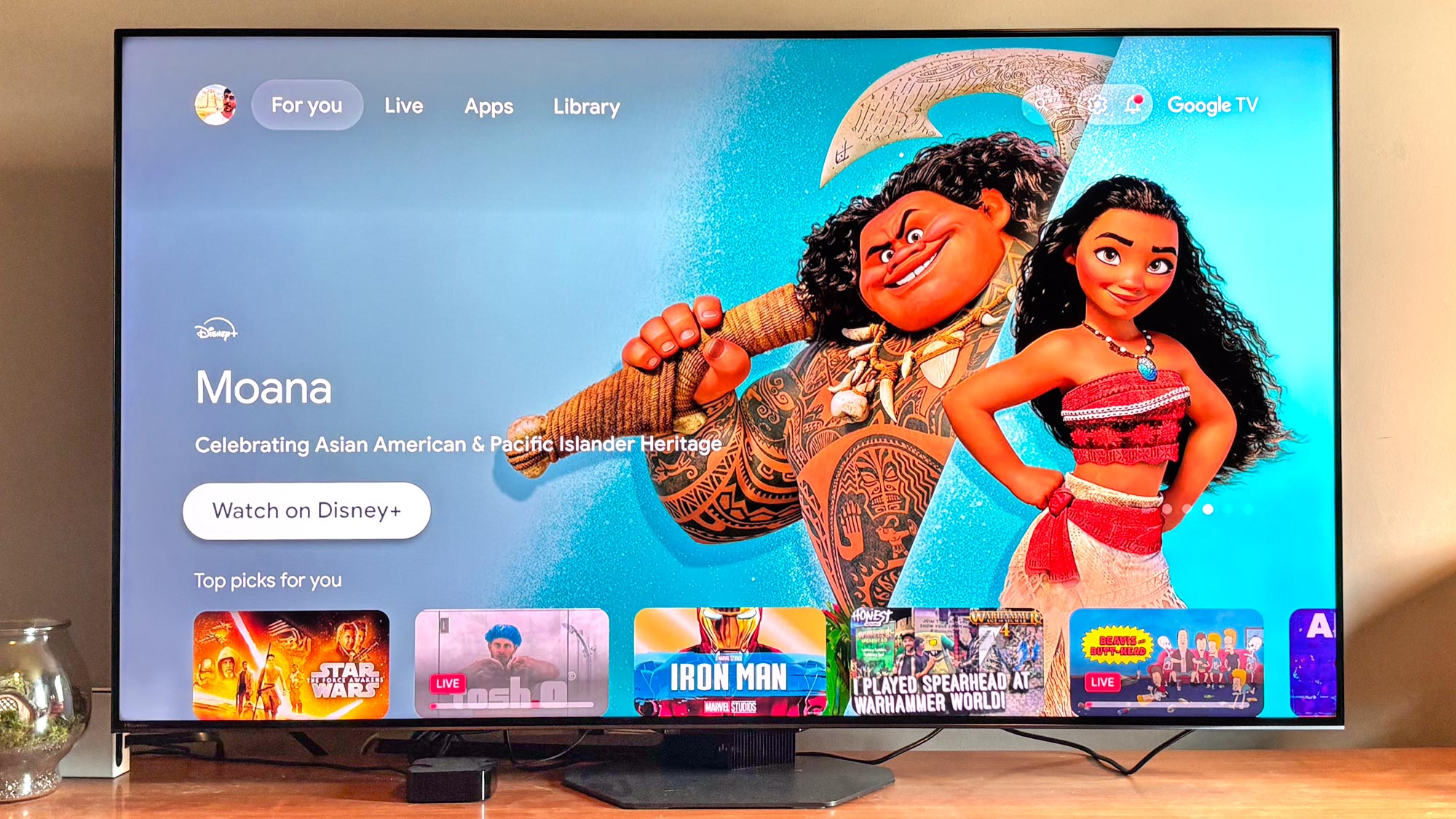
While both TVs do serve as value propositions, with the Panasonic W95A sitting at $1,299 against the U8N's $1,099, it's clear here who steals the show. It's lower price point, bonkers brightness and leveraging of the Google TV interface make the U8N relatively unbeatable in the Mini-LED space.
It is, after all, one of the best Google TVs and costs less, too. The Panasonic model might have better viewing angles and richer colors, but these addendums pale in comparison to the raw power you get on the U8N. Plus, you get coverage of both screen tearing technologies in G-Sync and FreeSync, not to mention all but a slightly improved input latency at 13.1ms over the Panasonic W95A's 13.7.
But maybe Fire TV is right for you and that higher audio system might prove rewarding for the right buyer. But if it was me, I'd be sticking with Hisense given its long track record in the Mini-LED sphere and its brightness-dominating panels.







